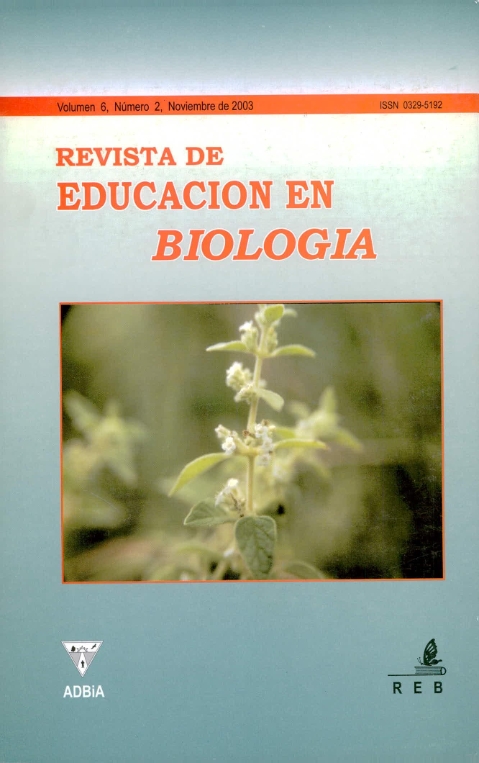Contribution of ethnosciences to the regionalization of rural school curricula. A proposal for valuing local ethnobotanical knowledge in Paravachasca and Calamuchita, Province of Córdoba
Main Article Content
Abstract
Protecting plant natural resources and lore about their uses requires a sigrnficant commitment translated into school curricula especially in rural schools. This plan means the development of an interdisciplinary work. One of the most recent concerns that have arisen in ethnobotanical research is the loss of flora knowledge that can be potentially useful, a process known as cultural erosion'. A study of peasants and oral school students in the area of Paravachasca and Calamuchita (in SW Cordoha) has confirmed this situation. To tackle this we present an educational proposal to develop an interdisciplinary project with local ethnobotanical lore as its main axis. This proposal shnws the relationship between this field knowledge and the concept, procedure and attitude contents of the main areas of scholl curricula and suggests methodological resources oriented to preserve native flora and local culture, and to promote self-support. Finally, some native plants of frequent use among peasants of the area are presented as well as some strategies are indicated to promote familiarization of the students with plants used in several fields of traditional culture, such as dyeing, traditional medicine and food.
Article Details

This work is licensed under a Creative Commons Attribution-NonCommercial-ShareAlike 4.0 International License.
Aquellos autores/as que tengan publicaciones con esta revista, aceptan los términos siguientes:- Los autores/as conservarán sus derechos de autor y garantizarán a la revista el derecho de primera publicación de su obra, el cuál estará simultáneamente sujeto a la Licencia de reconocimiento de Creative Commons que no se permite un uso comercial de la obra original ni de las posibles obras derivadas, la distribución de las cuales se debe hacer con una licencia igual a la que regula la obra original.
- Los autores/as podrán adoptar otros acuerdos de licencia no exclusiva de distribución de la versión de la obra publicada (p. ej.: depositarla en un archivo telemático institucional o publicarla en un volumen monográfico) siempre que se indique la publicación inicial en esta revista.
- Se recomienda a los autores/as difundir su obra a través de Internet (p. ej.: en archivos telemáticos institucionales o en su página web) después del proceso de publicación, lo cual puede producir intercambios interesantes y aumentar las citas de la obra publicada. (Véase El efecto del acceso abierto).
How to Cite
References
.

